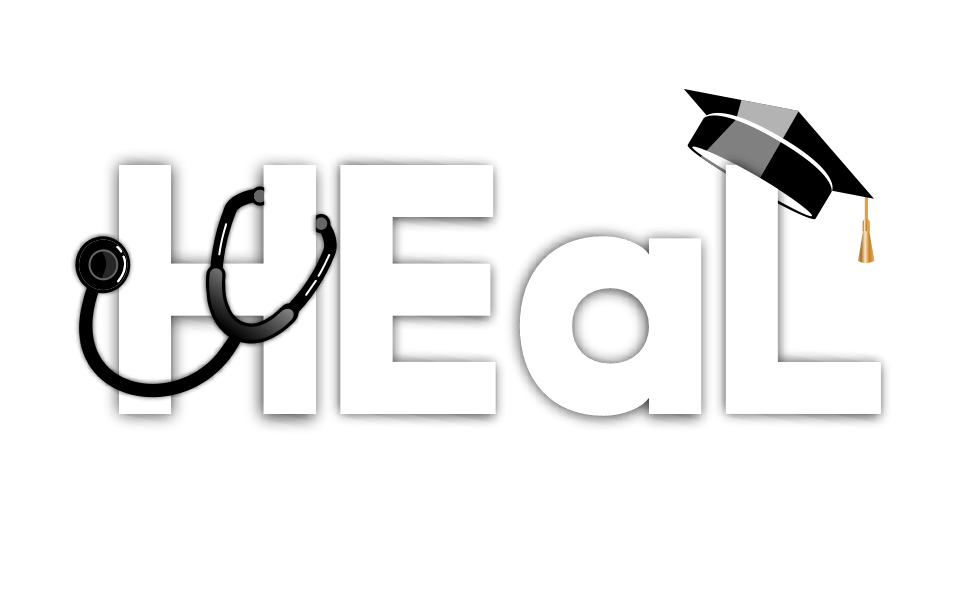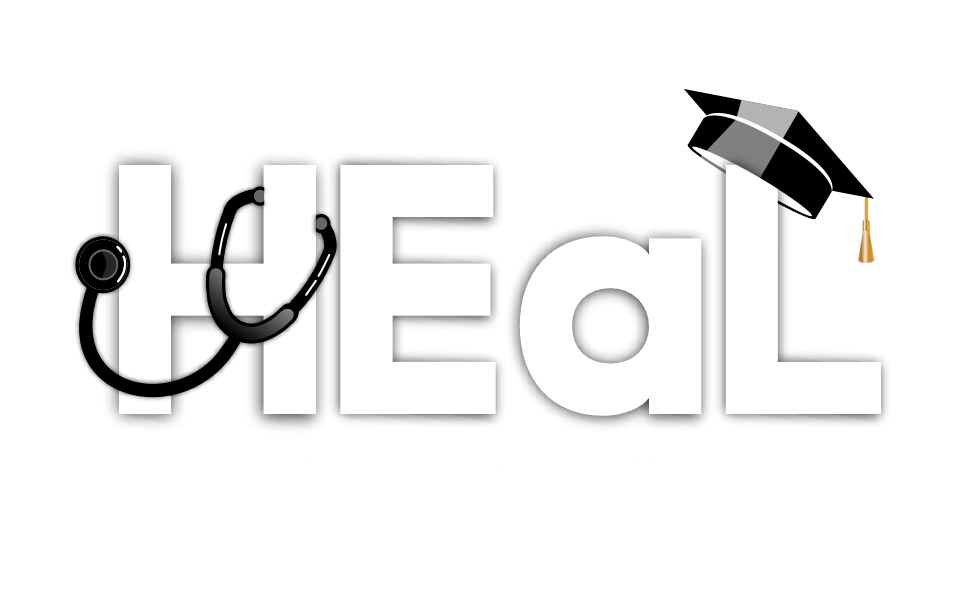There’s no universal path to academic success. It’s up to you to choose the path that seems right for you. It can be different from what your classmate decided. But remember, we all have different priorities, goals, values, and a picture of success that might look quite different from what your classmate has in mind, and still, both of you can equally be successful.
In a recent video, ‘5 techniques of every successful student’ by Dr. Justin Sung, a learning coach, consultant, and speaker at HEaL Conference, we came across the trends followed by successful students to achieve academic success. In the video, Dr. Sung talks about what sets a successful student apart from a non-successful student.
However, before we jump right into Justin’s insights, let’s see what research he has brought to the table.
Right Out of Research
According to the research based on students’ learning trends, here are the things students can directly control to bring a positive change in their learning.
- Deeper learning: Deeper learning is the ability to make deeper connections. In other words, it is the learning process for transfer, meaning it allows students to take what’s learned in one situation and apply it to another.
- Active learning: Active learning is a process where students are asked to engage in their learning by thinking, discussing, investigating, and creating. For example, practicing skills, solving problems with complex questions, making decisions, proposing solutions, and explaining ideas in their own words.
- Threshold concepts: Threshold concepts are an important part of learning. These are the core concepts of a subject, and understanding them is the key to transforming how students understand a whole subject. A threshold concept can be described as transformative, probably irreversible, integrative, and sometimes bounded (specifically to a particular discipline).
Moving forward, Dr. Justin Sung discussed the 5 techniques successful students use to excel academically.
5 Techniques of Every Successful Student
Priming/pre-study
The goal of priming or pre-study is to get the bigger picture of what’s coming ahead. During pre-study, students need to just scan their study material instead of rigorously learning it from the beginning. Remember, don’t get sucked into too much information, or you’ll end up feeling overwhelmed. Look at a certain piece of information like headings, diagrams, images, and other information that seems relevant. Focus on getting a general understanding of how to go about it.
Event engagement
Remember when you used to get lost amidst of teacher’s lecture? Not inattentive, not ignorant, just lost! That’s what we need to overcome with this technique. Just like catching a ball requires alertness, engaging in the classroom involves effort. You should be able to catch information when the teacher delivers it to you. Ask them questions, either out loud or inside your head. That’s how you are going to create a clean passage for the information to reach your mind.
Post-event review
Good students are going to have their revision within the first 12 hours. Simple as that! The longer you wait, the more you are going to forget. Consolidating knowledge quickly is beneficial in remembering the information in the long run, so you don’t have to consume it all on the last day.
Review technique
A lot of us have a habit of preparing notes before the exam. After all, it helps us simplify the information we need to write in the exam. However, many students end up writing long notes, including difficult key terms. And that’s not what you call simple. Notes should be minimalist and simplified, which allows us to grasp the information quickly. Here, the delayed note-taking process comes into play, where the students must process the information in their heads, followed by scribbling it down on the paper. It helps train our brains to process information without relying on writing it down immediately. After all, processing information in the head is what it all takes during the examination.
Pre-exam or test preparation
Re-reading old notes won’t do the trick. The last revision must be challenging. At this stage, you must recall all the information you have consumed by now. During the examination, you are tested to recall information, so why not practice beforehand? Try the ‘teaching an imaginary student method.’ It will help you put information in a way that’s understandable and easier to grasp.
About Dr. Justin Sung
Dr. Justin Sung is a learning coach with a wealth of experience, having worked with thousands of learners across more than 120 countries. Currently, he serves as the head of learning at iCanStudy. This global organization specializes in equipping learners with self-regulated higher-order learning skills and practical techniques to cultivate growth mindsets.






